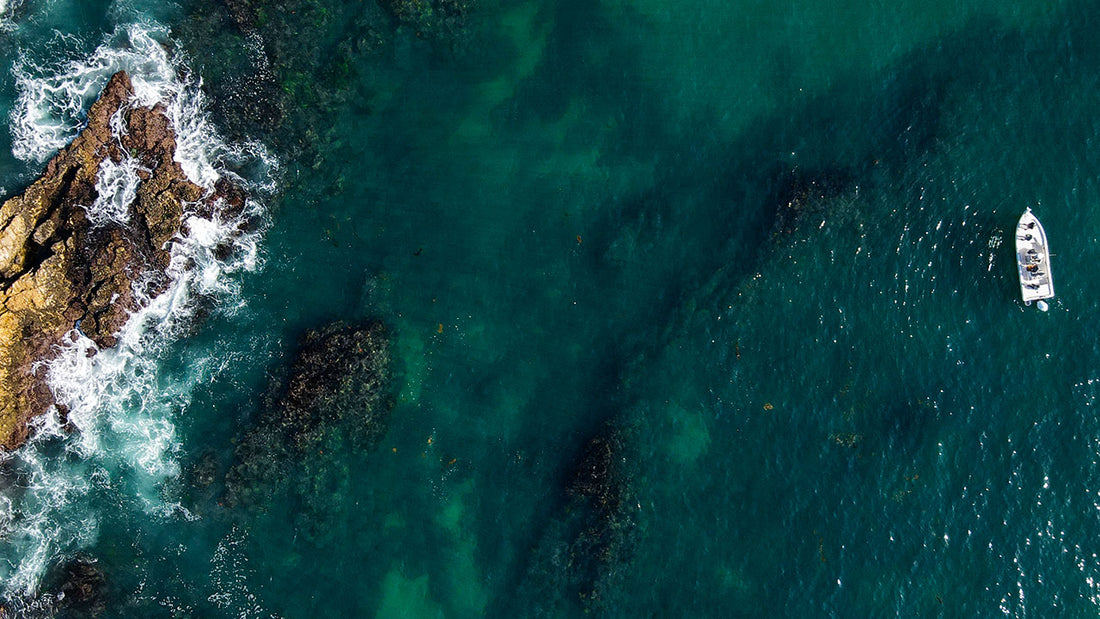
What Retailers Need to Know About 30x30
This article originally appeared in the April 2021 issue of Fishing Tackle Retailer.

By Bill Shedd, Chairman AFTCO
30x30 is a major effort to protect biodiversity by protecting 30% of the land, and waters both saltwater and freshwater in America by the year 2030. It’s modeled after a global initiative to protect at least 30% of the planet by 2030. It’s well funded by the environmental community. Hansjorg Wyss, a Swiss philanthropist, has pledged $1 billion to the effort. The push for 30x30 is active in the U.S. in several state legislatures. It’s also part of President Biden’s January 27, 2021 Executive Order.
The sportfishing community supports conservation efforts that protect and enhance biodiversity and conservation. We agree with many of the goals of 30x30, but we do not agree that 30x30 should include restricting the fishing public’s access to public waters “just because.” Angler access should only be restricted if there’s scientific data demonstrating that recreational anglers are a specific conservation and biodiversity threat.
A major challenge with 30x30 is that it means different things to different people. If implemented as recently attempted in California, it could spell a disaster for anglers, along with businesses and fisheries they support.
Anglers, the true conservationists
We all want a planet that is healthy for both people and wildlife. Rational individuals are aware of the world population explosion and the degradation on the natural world caused by this growth. It took until 1850 to get the first billion people on earth and today we are approaching 8 billion. Anglers understand that the physical world is changing around them. Not only do we know that Mother Nature needs our help, for years we have been the ones giving her the conservation support she needs. Some in the environmental community who are sponsoring 30x30 do not understand that. Instead, they think anglers are a problem in the effort to conserve natural resources and biodiversity. As a result, they believe that restricting angler access via “protected areas” is the best way to protect fish. Some are not even willing to acknowledge that it’s been the recreational fishing community that has carried the financial burden and provided the leadership to help conserve the fish and their habitat for decades.
Every year, the recreational fishing community contributes well over $1 billion to our state fish and wildlife agencies from our fishing licenses, fees, permits, and excise taxes paid into the Sport Fish Restoration Account. These funds go to support not only fishery conservation but also help the states conserve their natural resources and biodiversity. As America’s true fishery conservationists, anglers support the resource with more than just their money. Anglers also contribute time and leadership that has for years led marine conservation efforts such as limiting the use of destructive gear including gillnets, longlines, and bottom trawls. We have also led valuable habitat restoration efforts in both fresh and salt water along with many other conservation programs. If 30x30 denies anglers access, not only will that be a bad thing for our country’s 50 million anglers and the $50 billion industry they support, but it will also a bad thing for the fish and the efforts 30x30 aims to support.

California, a lesson on mistakes in developing 30x30
Last year, sponsors from the environmental community promoted a California 30x30 legislative effort called AB3030. While 30x30 was later put back in play by a Governor Gavin Newson Executive Order, AB3030 failed to get out of the California legislature. In part, that was due to not inviting the main user groups—including the fishing community—into the process early on. The many undefined terms in AB3030 created confusion as to what the bill would and would not do. It provided little clarity on how it would impact anglers and others. A serious flaw was the lack of meaningful connection between the no-fishing Marine Protected Areas (MPAs) and real biodiversity needs. The no-fishing zones proposed had no meaningful nexus to the goals proposed or the threats identified. Such restrictions should be based on science, not just symbolism.
Several other states are creating their own 30x30 legislation that is more productive, better defined, and less confrontational. They wisely involved the recreational fishing community in the development of their programs.
What you can do about 30x30
Step one is to support sport fishing organizations working on 30x30 at the federal and state levels. It’s also important to ensure that 30x30 efforts contain language that:
- Recognizes the positive role that fishing plays in conservation;
- Includes protected area definitions that allow for well-managed and sustainable wildlife-dependent activities;
- Considers existing protected areas in measuring progress toward stated goals;
- Has targeted, science-based conservation measures developed through a stakeholder-driven process to address biodiversity threats;
- Has clearly defined roles and authorities for carrying out the 30x30 initiative.






